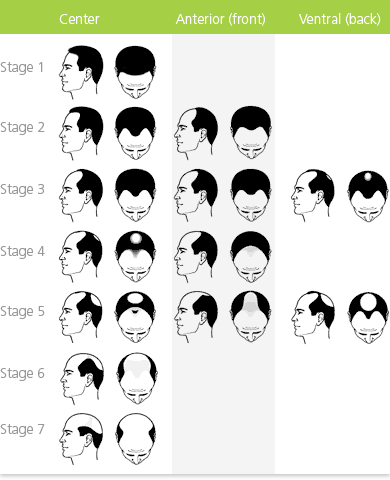I have heard some crazy things uttered from people, including hair stylists, with respect to Afro-textured hair. Black hair growth myths are so pervasive and some so outlandish, leaving me dumbfounded that I simply refuse to believe that stylists were not taught otherwise at beauty school. Here are some of the craziest black hair growth myths I’ve heard:
1. Natural hair doesn’t get split ends
This was told to me in a salon many years ago when I revealed I had cut my hair due to split ends. I don’t know on which planet people live on, but, on Earth, everyone no matter the race will get split ends. As hair exits the scalp it is dead. As the hair gets longer, the hair fibre will begin to disintegrate due to both the natural weathering processes as well as from the general handling of the hair. The ends of the hair will start to lose the cuticle exposing the inner cortex therefore cause the hair to split more easily. This property does not differ if you are Asian, European or African.
2. Natural hair will not take hair rinses.
I was flabbergasted when the sales person told me this. Yes relaxed and permanently dyed hair are more porous, and technically the hair rinse should stay on better, but as someone who has used a hair rinse in the past, I was a bit put off by this statement. Again, hair is a fibre, just like cotton, wool, and mohair. There are plenty of persons who I’ve told to switch to hair rinses due to the issues experienced with their scalps when they use permanent dyes. Yes the rinse goes faster especially on the grey hair, but it does deposit on natural hair.
3. That style can’t be done on natural hair.
Nothing irks me more than these words. In this age of the internet where millions of videos exist detailing style after style on natural hair, it is painful to have this said to you. If I had the ability to make my hair look like I stepped out of a salon I would stop going to stylists all together. Hair is a fibre. It has physical and chemical properties that can be manipulated. Natural hair can be manipulated into any shape that you want to put it in.
4. You must be mixed with X race in you for your hair to be so long!
Luckily I don’t personally get this said to me anymore. I guess my hair is too kinky for anyone to say this. However, this statement always diminishes the efforts taken to actually grow natural hair. Not until my hair care practices improved did I manage to get my hair to significantly longer lengths. When I explain to persons that deep conditioning will make that much of a difference to length retention, they refuse to believe. I swear on my mother’s grave, my hair has never been this long in my life.
5. The 3 or 4 different textures on the scalp is due to mixed heritage
This is so far from the truth. This has to do with the property of curly textured hair. Persons of all races complain of this issue. It doesn’t matter what race you are, most persons with curly hair have at least 2 textures. The reason for this is unknown.

